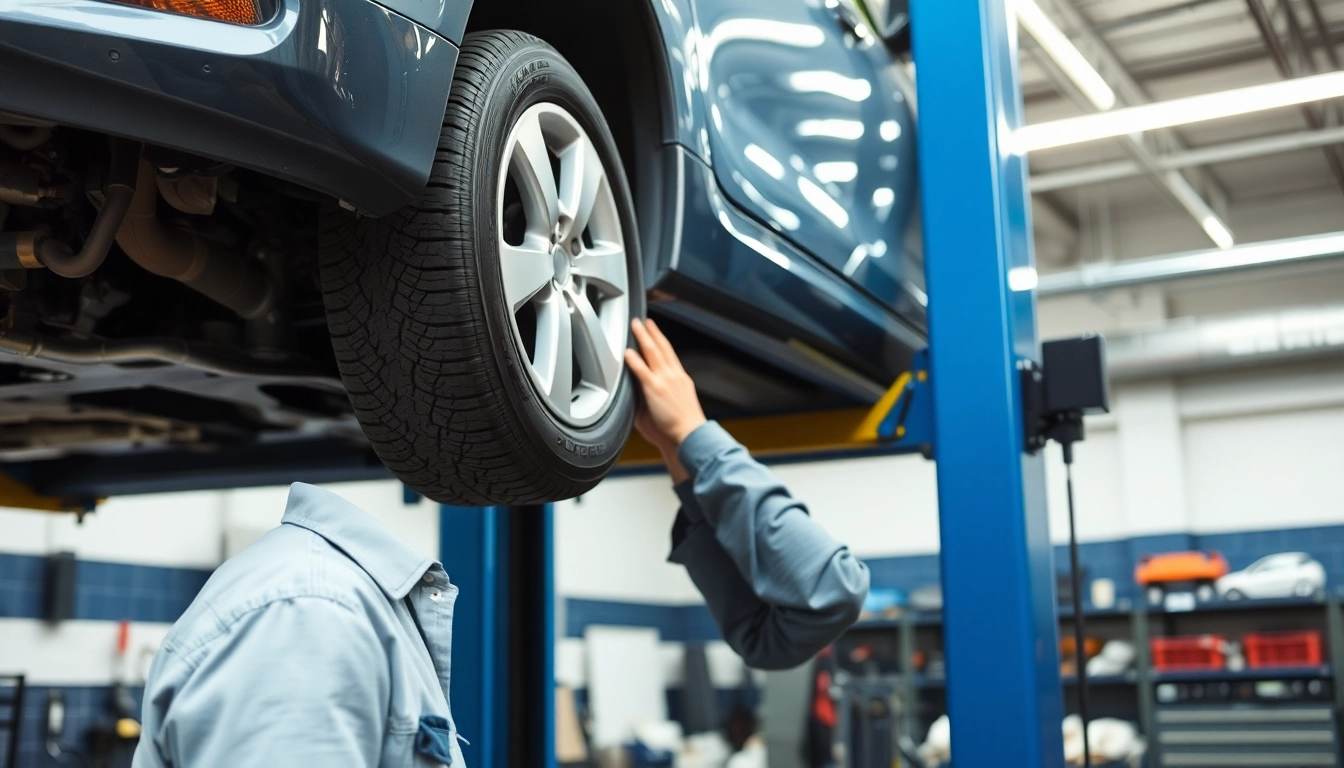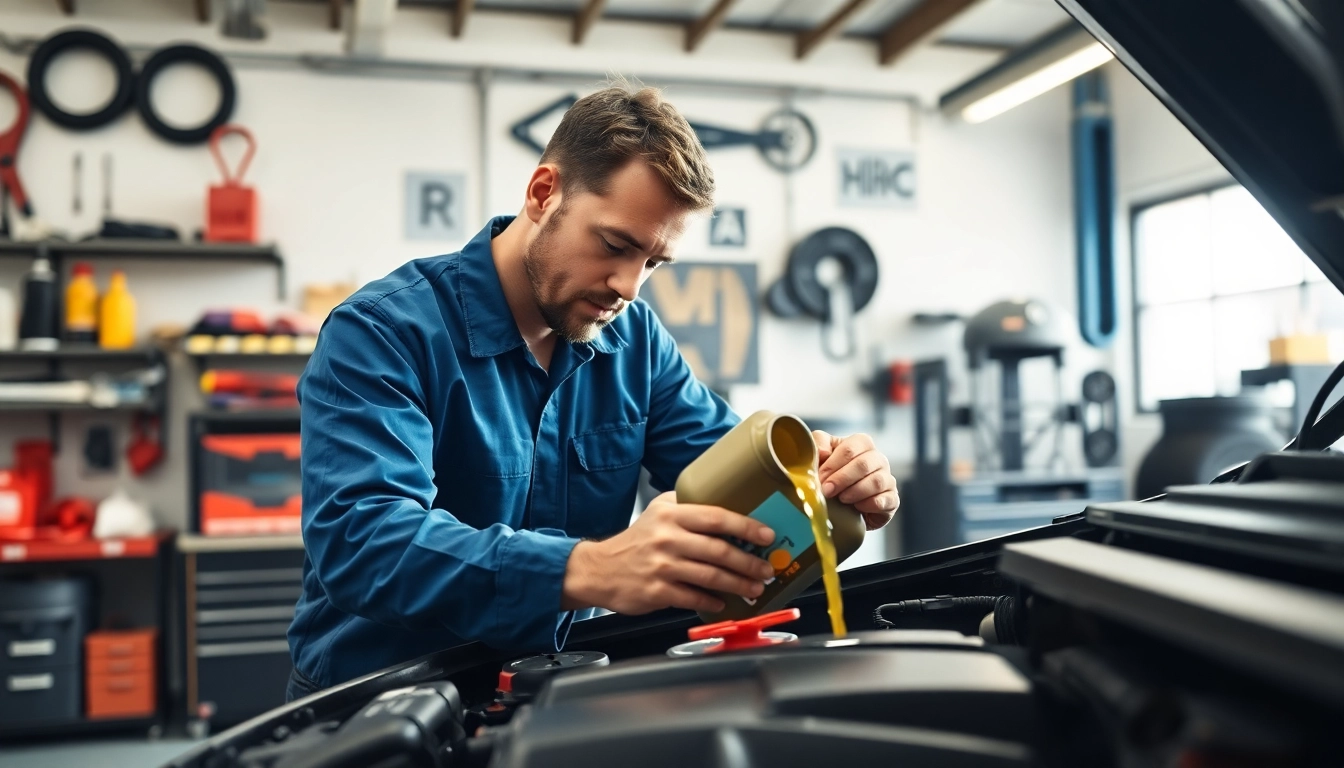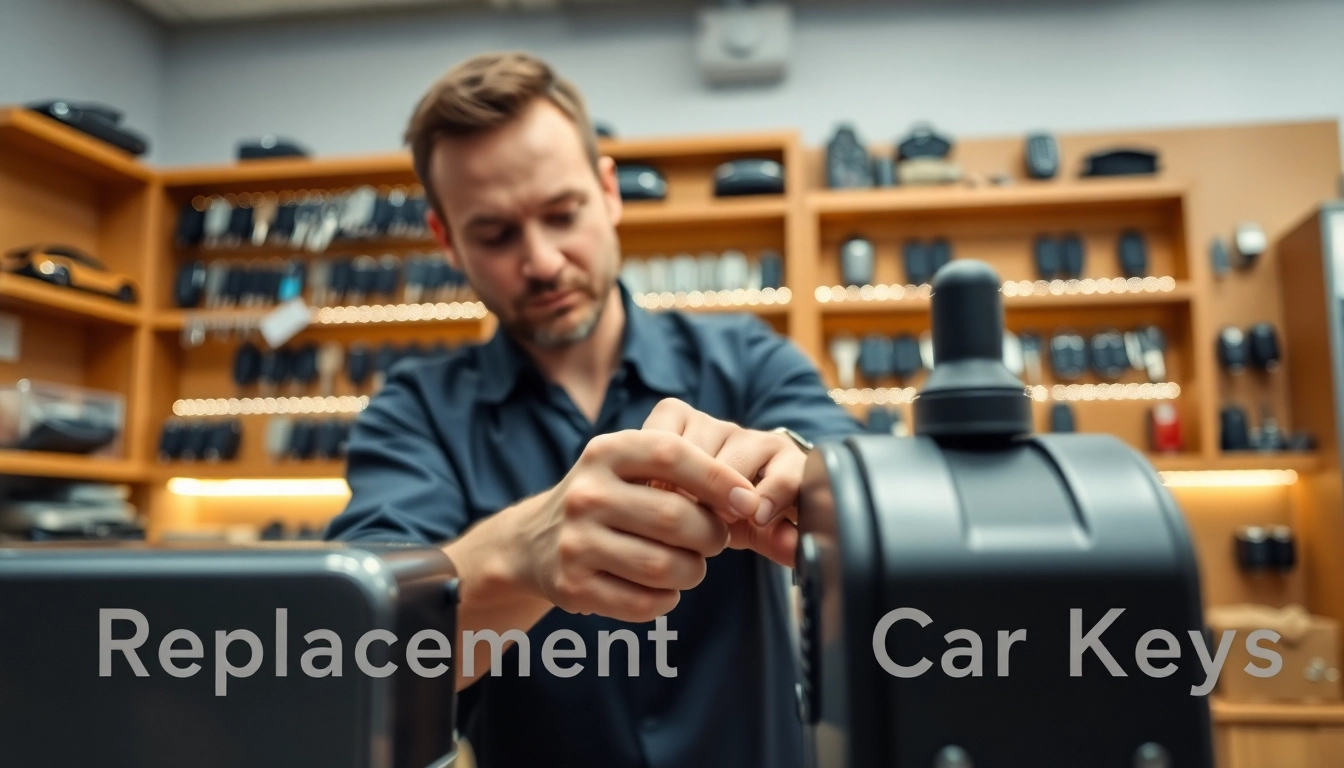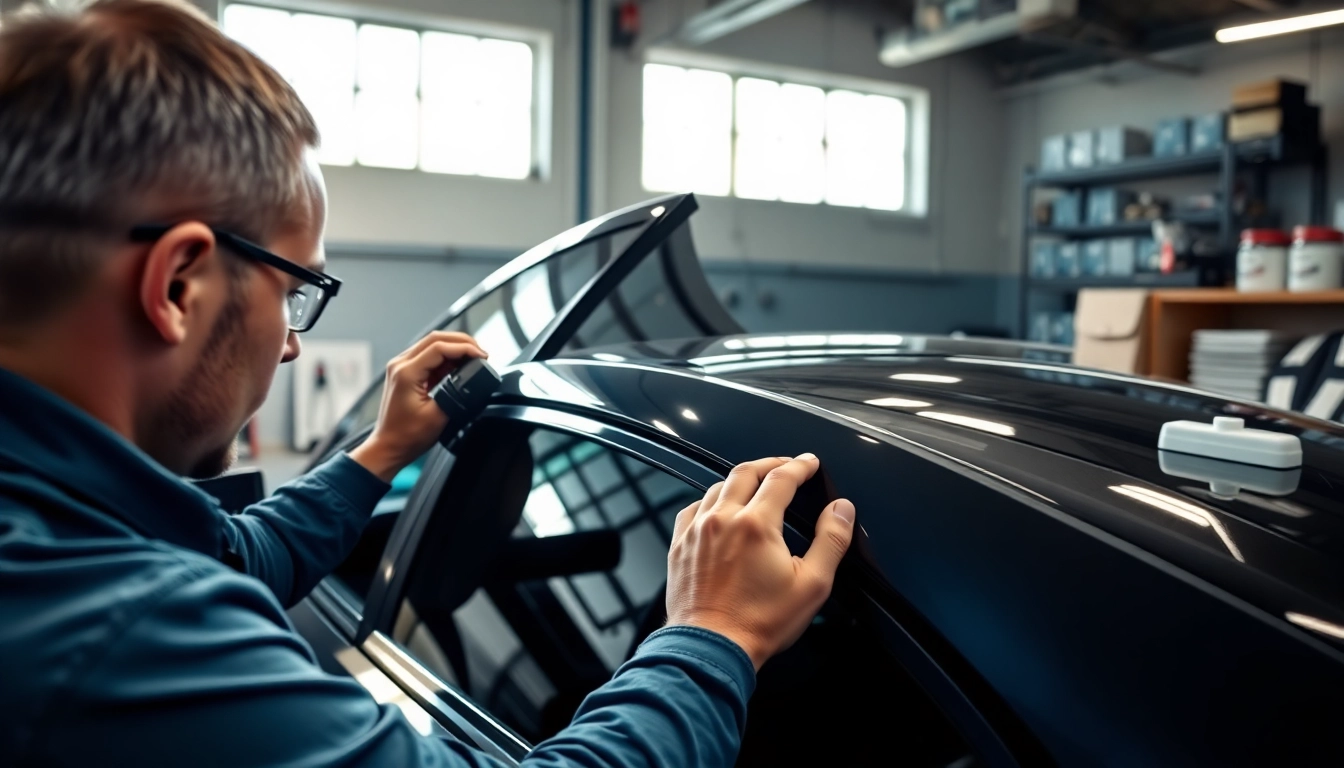Understanding Car Suspension Systems
What Is Car Suspension?
Car suspension refers to the system of springs, shock absorbers, and linkages that connects a vehicle’s body to its wheels. Its primary purpose is to support the vehicle’s weight, absorb and dampen shocks from the road surface, and maintain tire contact, ensuring optimal handling and safety. A well-functioning suspension system enhances ride comfort while providing stability during acceleration, braking, and cornering. Understanding this complexity is vital for drivers aiming to keep their routine costs down and optimize performance.
The Components of a Suspension System
The suspension system consists of several key components that work together to ensure a smooth driving experience:
- Springs: These are crucial for supporting the weight of the vehicle and absorbing road shocks. Different types of springs, such as coil, leaf, and air springs, provide varied levels of support and comfort.
- Shock Absorbers: These devices control the impact of bumps and vibrations. They ensure that the vehicle remains stable, thereby enhancing safety and performance.
- Control Arms: These link the wheel hub to the vehicle’s chassis, allowing for controlled wheel movement as the vehicle goes over hills or bumps.
- Struts: A type of shock absorber that also serves as a structural component of the suspension, helping to maintain the alignment of the wheels.
- Sway Bars: Also known as stabilizer bars, these help reduce body roll during cornering, improving stability.
Signs of Suspension Issues
Detection of suspension issues can be subtle at times, but certain signs indicate that your suspension system may be compromised:
- Squeaking or clunking noises when driving over bumps.
- Uneven tire wear patterns, which can often signal alignment or suspension issues.
- A bouncy ride, indicating that the shock absorbers may be failing.
- Vehicle pulling to one side during driving, suggesting alignment problems.
- Vibrations or swaying during high speeds or while cornering.
Importance of Regular Alignment Checks
Why Alignment Matters for Vehicle Safety
Regular alignment checks are crucial for maintaining vehicle safety and performance. Proper alignment ensures that your tires make even contact with the road, which not only improves handling but also reduces the risk of accidents. Misalignment can lead to the vehicle pulling to one side, increasing the chances of losing control, especially during adverse road conditions.
Impact of Poor Alignment on Tire Wear
Poor alignment can significantly impact tire longevity. When wheels are misaligned, uneven pressure is applied to different parts of the tire, leading to premature wear. This wear can manifest as balding on one side of the tire or increased tread depth difference. Scheduled alignment services can mitigate these issues, prolonging tire life and improving fuel efficiency.
When to Schedule an Alignment
Knowing when to schedule an alignment can help prevent further damage to your vehicle:
- After hitting a significant pothole, curb, or experiencing a collision.
- Every 6,000 to 10,000 miles, or at the change of every oil or filter.
- When replacing tires or after modifications, such as changes in ride height or wheel size.
- If you notice any signs of steering or handling issues.
Car Suspension and Alignment: The Process Explained
Steps in a Suspension Inspection
A technician will typically follow these steps to conduct a thorough suspension inspection:
- Visual Inspection: The mechanic inspects all suspension components for signs of wear, rust, or damage.
- Test Driving: A test drive helps identify issues related to the handling or noise.
- Measurement: The suspension angle is measured using specialized tools to check for proper alignment.
- Component Testing: Shock absorbers and springs are tested for effectiveness using bounce tests or shock analyzer machines.
Common Tools Used for Alignment
Auto technicians utilize various tools to ensure a precise alignment:
- Alignment Machine: These advanced machines use lasers and sensors to measure the wheel angles accurately.
- Camber Gauge: This tool measures the camber angle of the wheels.
- Toe Plates: Used to measure the toe angle, which assesses whether the tires are aligned parallel to each other.
- Bubble Level: A simple yet effective tool for checking the leveling of various suspension components.
What to Expect During Service
When you bring your vehicle for suspension and alignment service, you can expect a systematic approach:
- Upon arrival, an initial consultation to discuss any specific concerns you may have.
- The technician will perform a thorough inspection and may suggest additional repairs if needed.
- Then, they align the wheels according to manufacturer specifications using advanced machinery, and adjustments will be made where necessary.
- Finally, a post-alignment test drive is often conducted to ensure all adjustments are successful.
Common Suspension and Alignment Problems
Identifying Symptoms of a Worn Suspension
Worn suspension components can lead to various performance issues. Identifying these symptoms early can prevent costly repairs later:
- A gradual decline in ride comfort or noticeable bouncing.
- Difficulty in steering, particularly when turning corners smoothly.
- Excessive vibration felt in the steering wheel.
- Visual signs, such as leaking fluids under the vehicle.
- Unusual noises, such as clunks, pops, or squeaks, when driving.
Alignment Issues and Their Effects
Misalignment can affect not only the tires but also other systems in your vehicle:
- Poor gas mileage due to increased rolling resistance from misaligned tires.
- Accrued costs from premature tire replacements or repairs.
- Unsteady handling while driving, which can diminish comfort and safety.
Solutions for Common Problems
Addressing suspension and alignment issues typically follows three main pathways:
- Regular Maintenance: Implementing routine checks and servicing can catch early signs of wear.
- Timely Repairs: Replacing worn components, such as shocks, struts, or alignment adjustments, can restore performance.
- Improving Driving Habits: Avoiding potholes, rough terrains, and sudden braking can help maintain the longevity of your suspension system.
Improving Vehicle Performance Through Care
Maintaining Your Suspension System
Taking proactive measures to maintain your suspension can lead to substantial benefits:
- Regular Inspections: Scheduling periodic checks can identify issues before they develop into major problems.
- Keeping Components Clean: Ensuring that parts are free from dirt and debris can help prevent corrosion and wear.
- Replacing Worn Parts Promptly: Acting quickly on any worn-out components reduces the likelihood of cascading failure.
Long-Term Benefits of Proper Alignment
Investing in professional alignment services can yield long-term performance improvements:
- Enhanced fuel efficiency due to reduced drag from properly aligned wheels.
- Increased safety by ensuring that the vehicle responds correctly during sudden maneuvers.
- Prolonged tire life, reducing the frequency and costs associated with tire replacements.
Professional Services vs. DIY Solutions
While DIY solutions may save costs in the short term, professional services offer essential expertise:
- Accuracy: Technicians utilize specialized equipment to ensure precise adjustments.
- Experience: Professionals can identify hidden issues and provide tailored solutions based on your vehicle’s specifications.
- Warranty: Many repairs come with service warranties that can significantly mitigate future expenses if problems occur.



